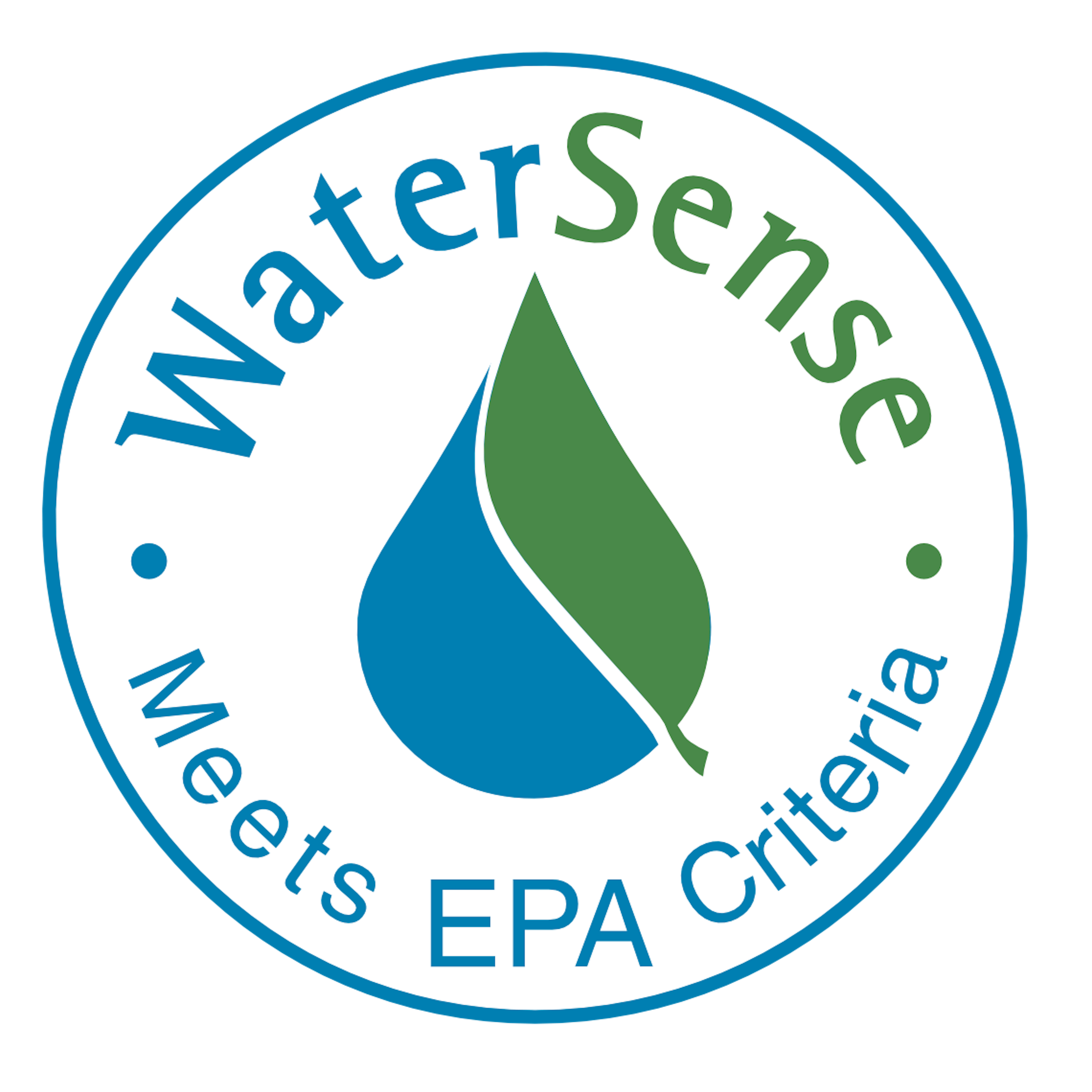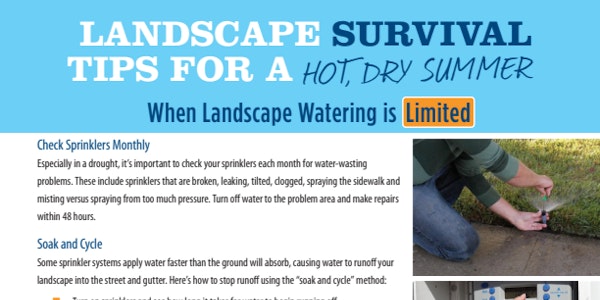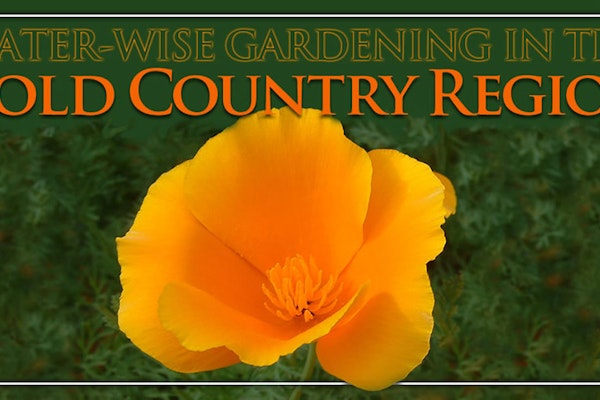Smart Water Use
Water Efficiency
We in Placer County are fortunate to be surrounded by beautiful waterways and natural resources that make our community unique. As stewards of these resources, we all have a responsibility to do our part to use water efficiently and to not waste water.
Rebates are available! PCWA offers rebates on efficient irrigation equipment and timers. Learn more here by clicking this link.
Summer Strong
PCWA is partnering with the UC Master Gardeners of Placer County to highlight Summer Strong plants—flowers, shrubs and trees that are water-wise, well-suited to Placer County's environment and available at local nurseries.
New plants will be featured each month through October 2024. Learn about this month's plant and find the complete list of Summer Strong plants on our Summer Strong page.
Did you know…?
Most household water use occurs outdoors, and that’s where you can make the biggest difference in overall water use.
Look for the label
Look for the WaterSense label when searching for new irrigation equipment. WaterSense products are independently certified to use less water and work as well or better than regular models. Read more about WaterSense on our website by clicking here.
Look For

Rethink Your Yard
For many people, the drought provided an opportunity to rethink the way they view and use their landscape and to consider whether it's time for a change.
For example, if the only time you walk on your lawn is to mow it, maybe you’d be better served by exchanging your lawn for a beautiful, low-water use garden or low-water lawn alternative.
Or, instead of watering your landscape more this summer, look for ways to water it better. For example, you can:
- Install a weather-based sprinkler controller (look for the WaterSense label). These controllers act as a thermostat for your sprinkler system, automatically adjusting the amount of water delivered to plants according to local weather rather than on a pre-programmed schedule.
- Replace older spray sprinklers with high-efficiency rotary sprinklers. Rotary sprinklers can improve your sprinkler system’s efficiency by 25 to 30 percent by slowly and uniformly applying water low to the ground at a rate soil easily absorbs.
- Install a drip irrigation system for your trees, shrubs, ground cover and flowers. Drip irrigation is a low-volume system that emits water directly to a plant’s roots, leading to less runoff and loss to evaporation.
Here are some of our other top tips for saving water!
Outdoor Tips
Saves 5 gallons per minute.
If you wash your car at home, use an automatic shut-off nozzle on your hose. Better yet, take your car to a Be Water Smart-certified carwash, which use less water than washing your car at home (and prevents pollutants from washing into the gutter, down the storm drain and into our waterways).
Saves 90 gallons per 1,000 square feet each time you water.
Consider making a longer-term investment in water efficiency by transforming your landscape. Replacing thirsty lawn with low-water use plants and efficient drip irrigation can provide significant water savings. A new landscape that includes low-water use plants, efficient drip irrigation and a water-wise controller typically uses LESS water than required to maintain a green lawn.
PCWA offers rebates for replacing lawn with low-water use plants and upgrading inefficient irrigation equipment.
Saves 30 gallons per 1,000 square feet each time you water.
Mulch is like icing on a cake, because it keeps the soil moist the way icing keeps a cake moist. Mulch slows evaporation, allowing water to sink into the soil, moderates soil temperature and breaks down into nutrients for plants.
Saves 50 gallons each time you water.
Water before 9 a.m. or after 9 p.m. Watering early in the day or later at night--particularly on hot summer days--conserves water by allowing water to soak into the soil before evaporation can whisk it away. Just watering in the morning instead of the hot afternoon, a typical suburban landscape can save 50 gallons every time you water.
Saves more than 40 gallons every time you water.
Overspray is water from sprinklers that lands outside the planted area. Runoff may come from overspray or over saturating the landscape. Adjust misdirected and tilted sprinklers to water the lawn and not the sidewalk. Stop runoff by dividing your watering cycle into multiple shorter periods to allow better absorption.
Indoor Tips
Saves 2.5 gallons per minute or about 10 gallons per day.
It may not seem like much to let the water run, but faucets in the kitchen and bath account for 16 percent of water use in the average household. Multiply that by the number of times you turn on the tap--to rinse dishes, wash hands, brush teeth or shave. Then factor in all of the members of your family, and it all adds up. Cut down on tap time, and you will automatically save water--about 10 gallons a day (or more than 3,650 gallons a year).
Fixing leaky faucets saves 15-20 gallons per day per leak, and fixing leaky toilets saves 30-50 gallons per day per toilet.
Steady faucet drips and running toilets are common sources of leaks that can waste thousands of gallons of water each month. Fixing them can be as simple as replacing a washer or toilet flapper. When you find leaks, be sure to turn off water to the problem area until it can be repaired.
Saves 19 gallons per person/day.
Toilets consume far more water than any other indoor fixture. By replacing old, inefficient toilets with WaterSense-labeled models, the average family can reduce water used for toilets by 20 to 60 percent—that’s nearly 13,000 gallons of water savings for your home every year!
PCWA offers rebates for replacing older toilets with high-efficiency models.
Saves 15 to 45 gallons per load.
This is another common-sense way to save. Depending on the efficiency of your clothes washer, you can save 15 to 45 gallons a load. If you have a less efficient washer, cutting out just one load a week adds up to more than 2,300 gallons of water savings a year.
PCWA offers rebates for replacing older clothes washers with high-efficiency models.


